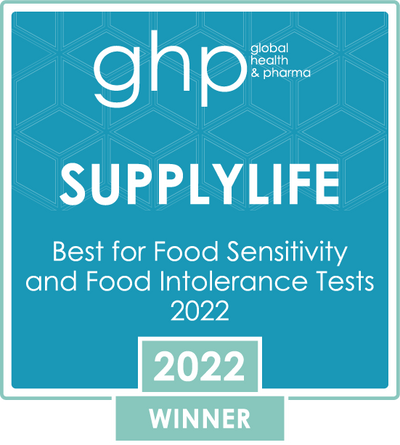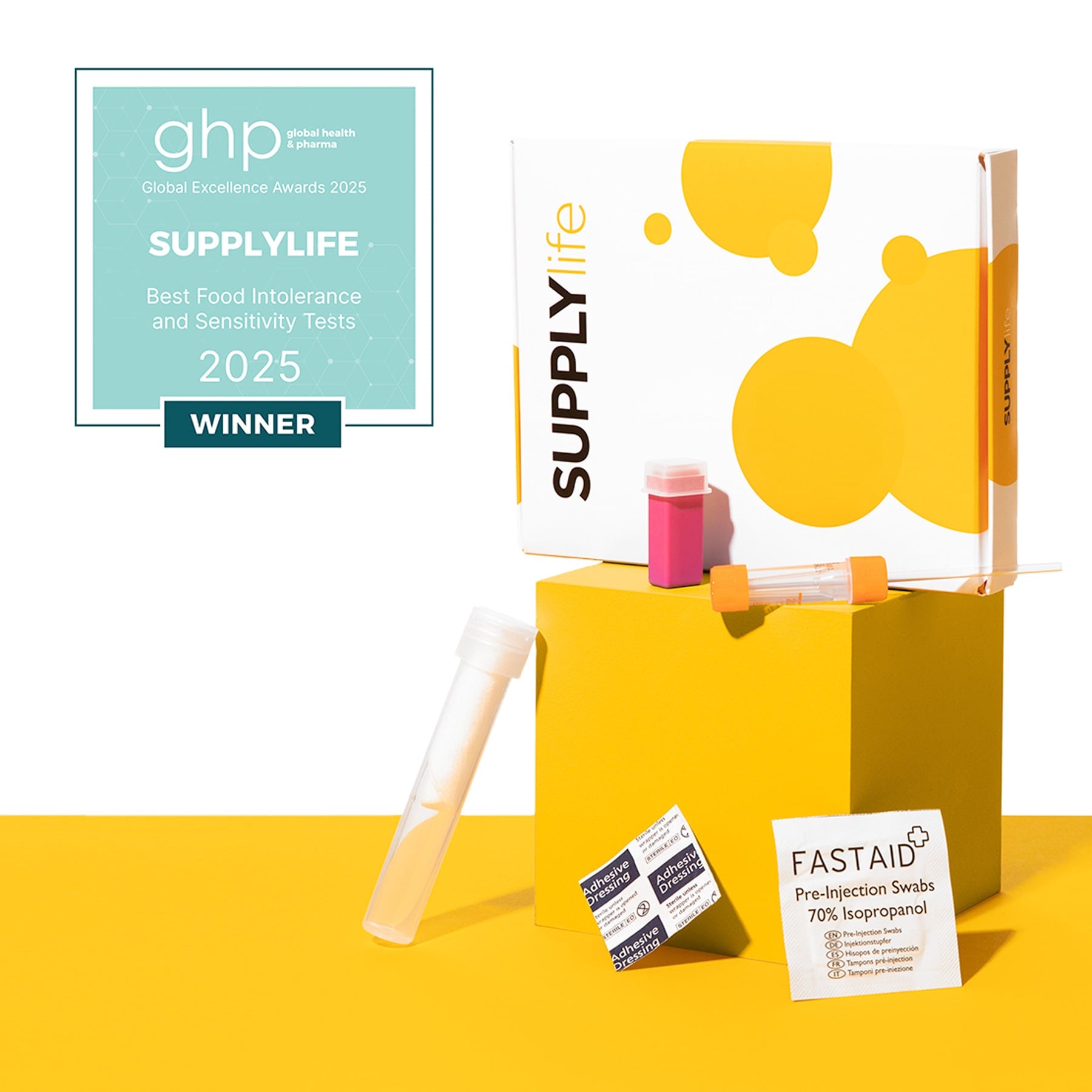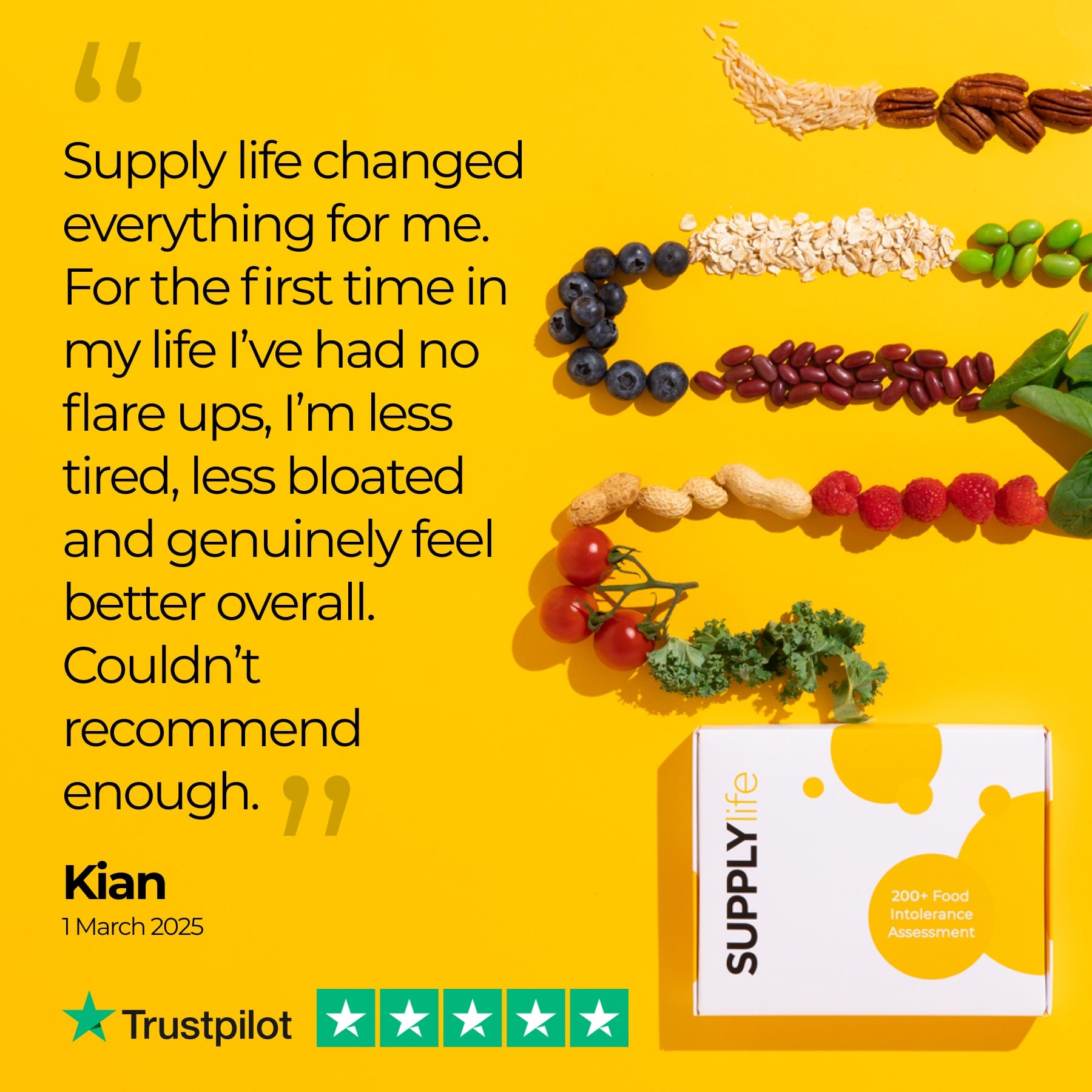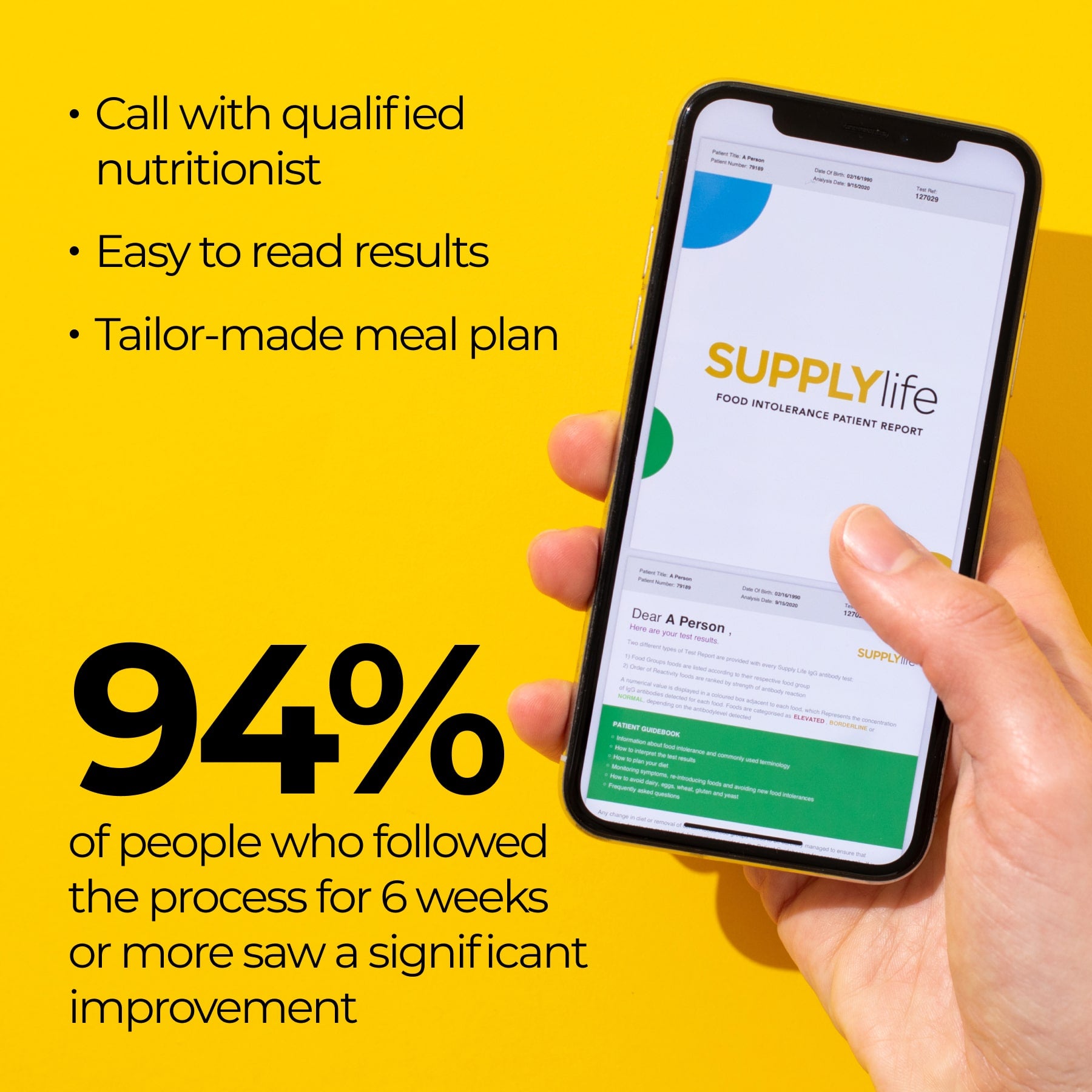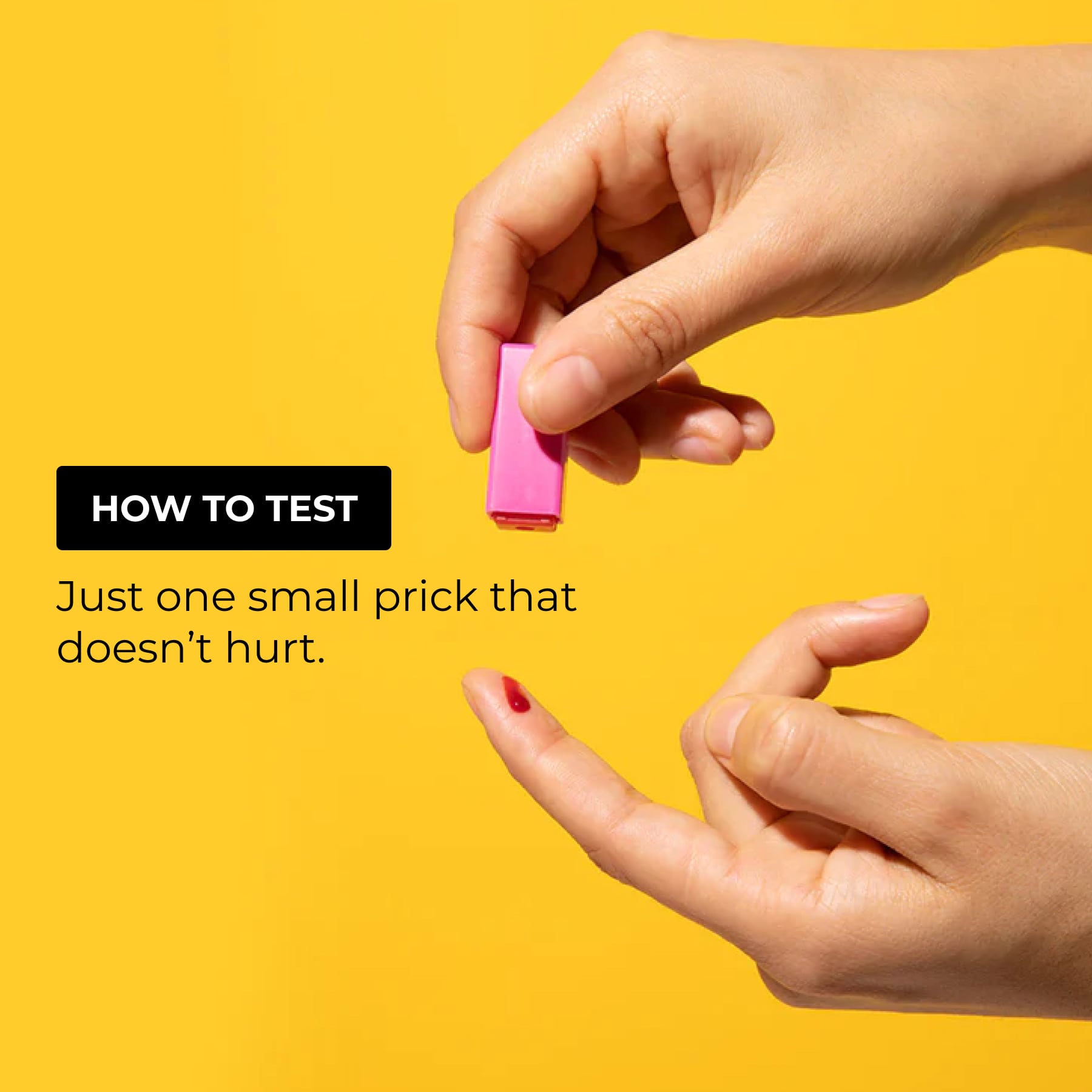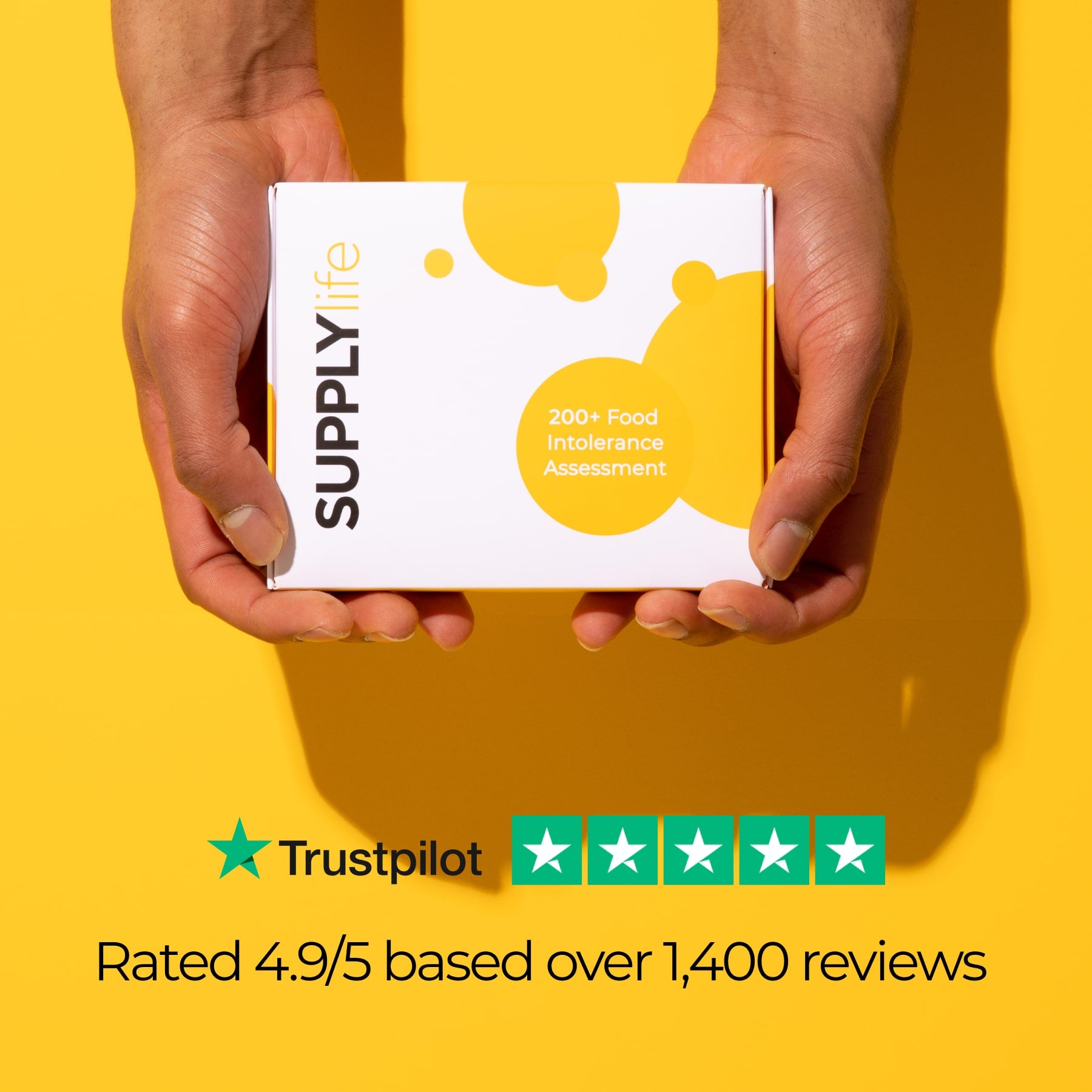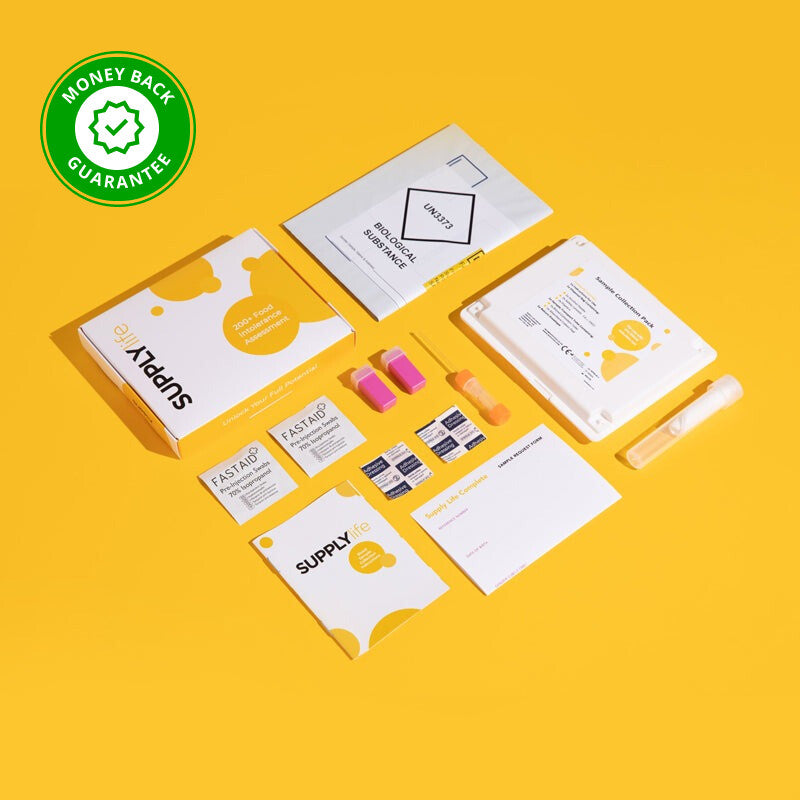Home Testing Kit
Home Testing Kit
Our science-backed process includes a at-home test kit that allows us to understand you on a deeper level. Results can take up to 7 days to be processed in our lab.
Couldn't load pickup availability
No Reaction Money Back Guarantee

UK Accredited Laboratory
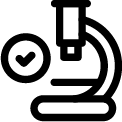
Market-leading Diagnostic Test

Free advice with each kit

Free UK Delivery
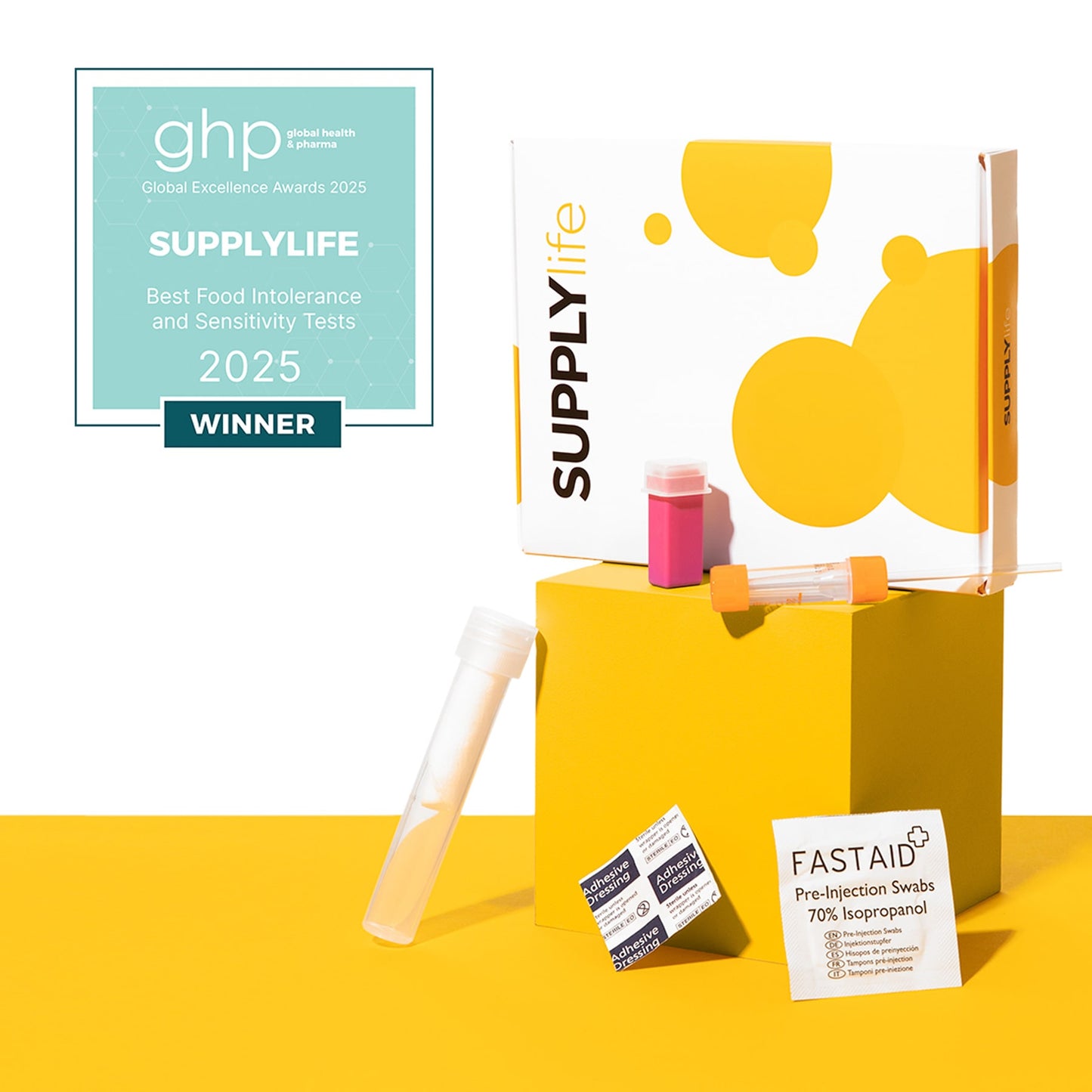
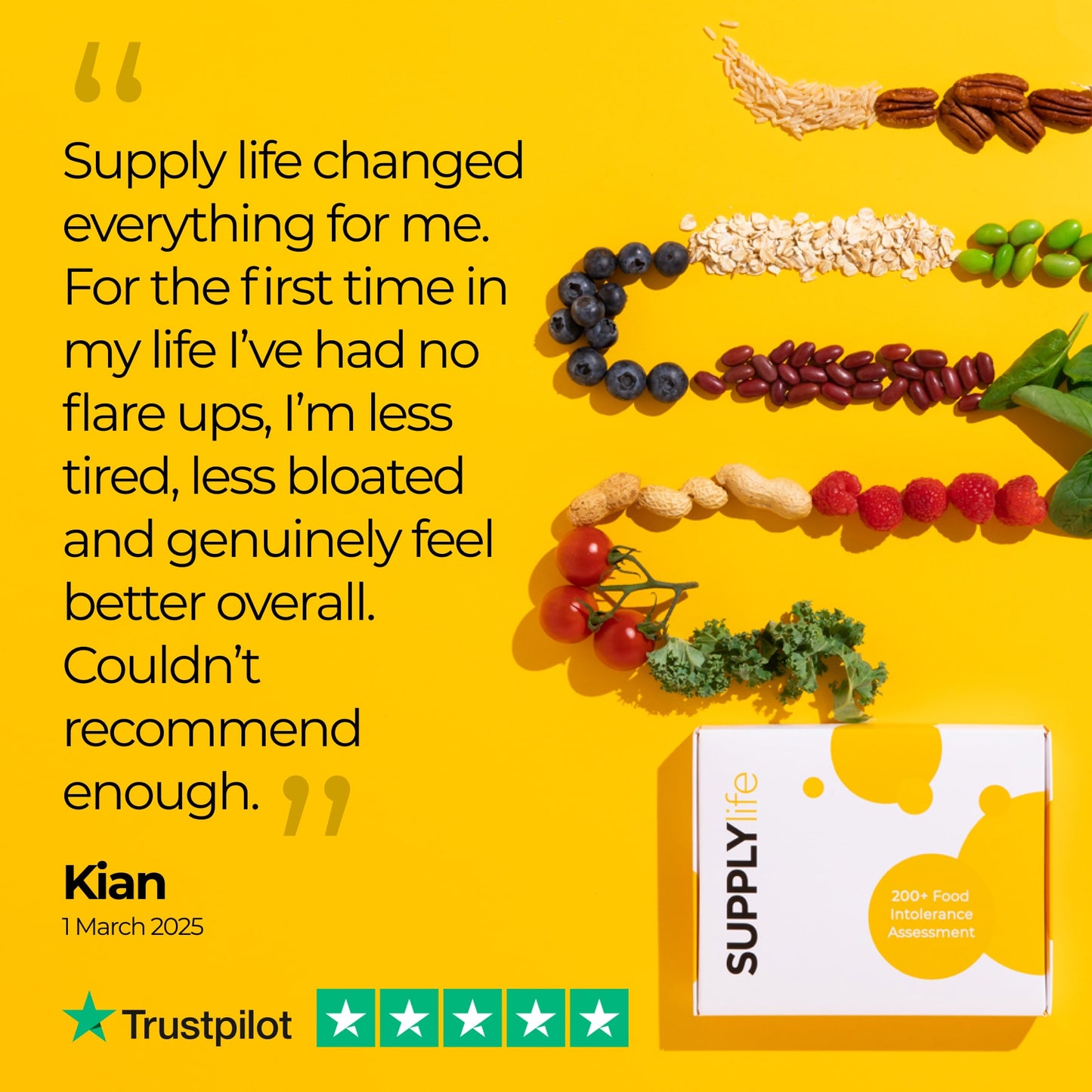
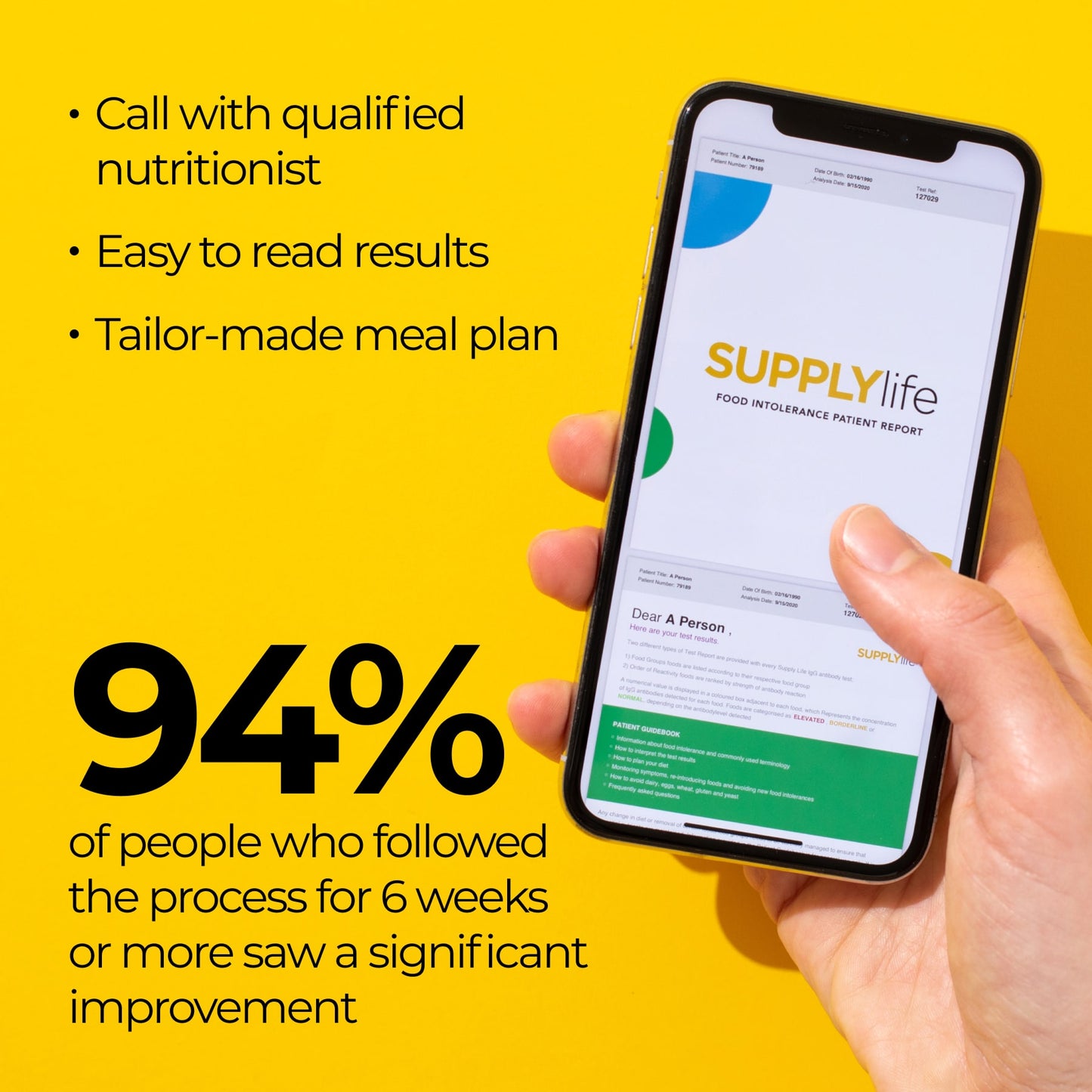
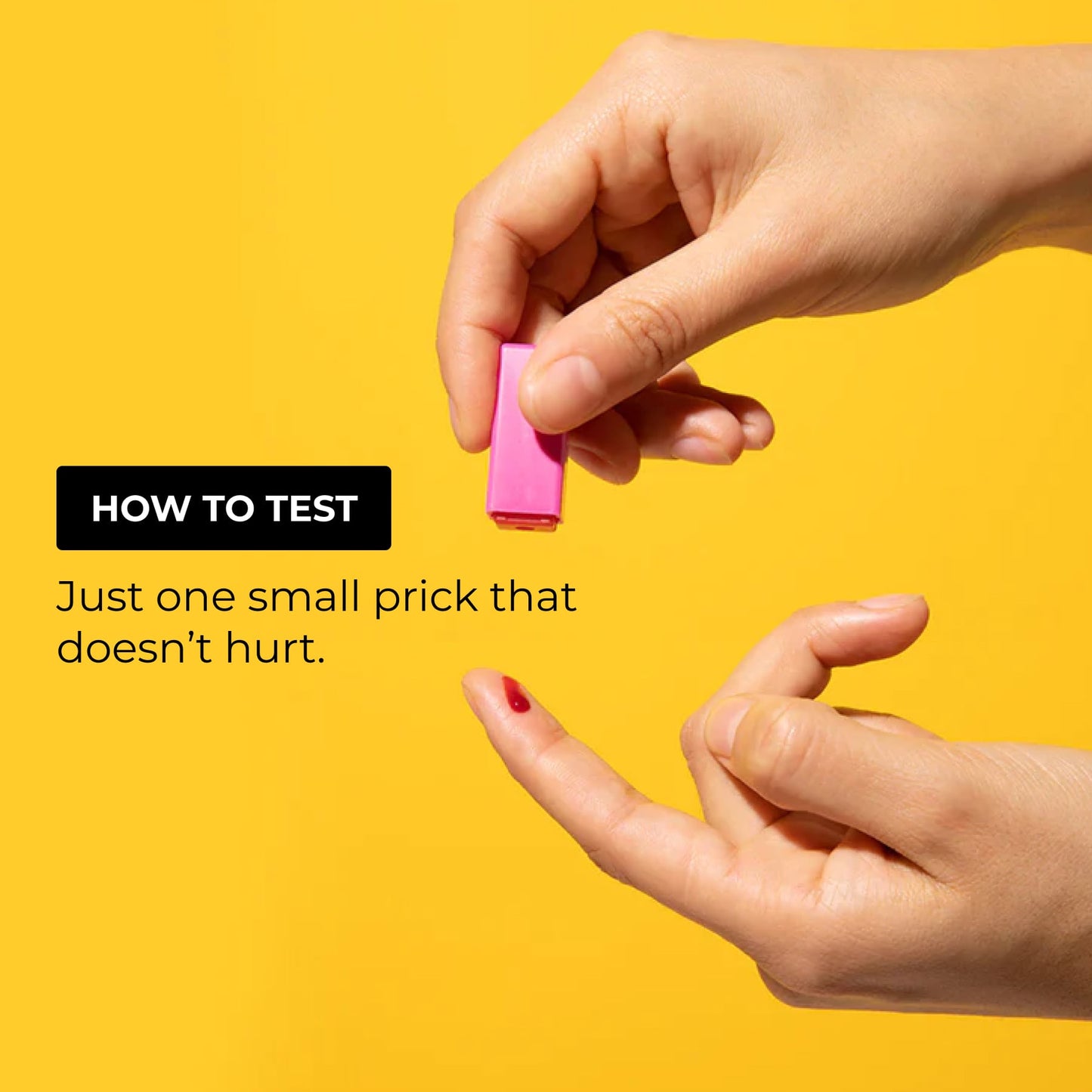
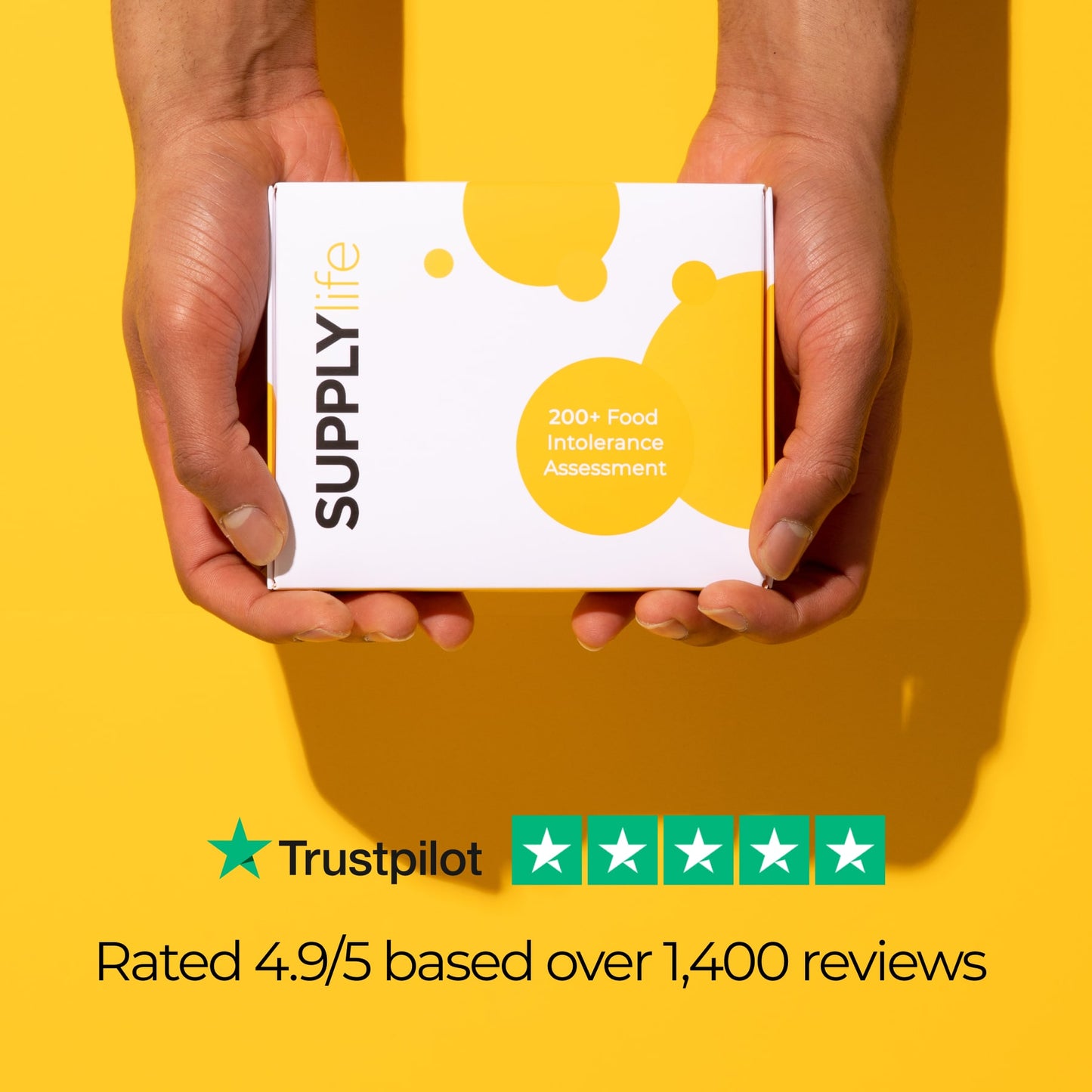

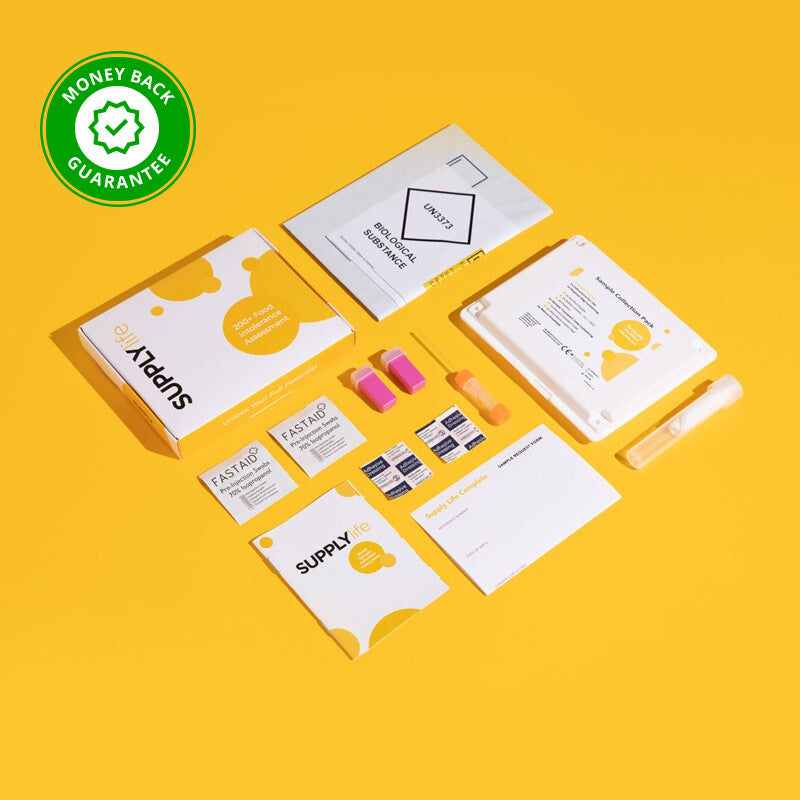
HOW IT WORKS
FAQs
BENEFITS
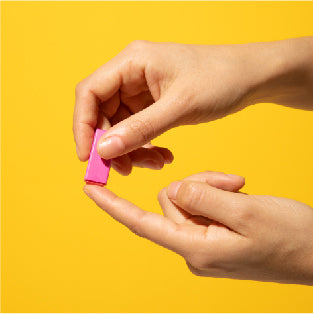

1. Free Speedy Delivery
Small, blood prick test delivered to your door.
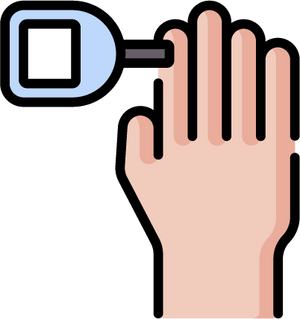
2. Testing
Only takes a couple of minutes, then send it back to us! (just a little prick!)

3. Results
Within 7 days, receive the blueprint to what YOUR gut is telling you.

4. What’s up doc
Schedule a follow-up call with our expert nutritionist and start your journey!
as seen in






REVIEWS

Doctor Kiren Dhillon
Supply Life Customer
"It's helped with energy levels and feeling less tired. Professional service which I would highly recommend"

@YIANNIMIZE
3M+ followers
“very professional service and I highly recommend”

Kirsty Hestlewood
Supply Life Customer
“Ive really noticed a difference, I’ve got so much more energy when I eat rather than feeling sort of lethargic. The bloating’s gone and I just don’t feel nauseous anymore”

Joshua Ewens
First Team Coach, West Ham
"every sample is tested twice so we know the accuracy is good” “I'd recommend Supply Life I think they've been good for us “
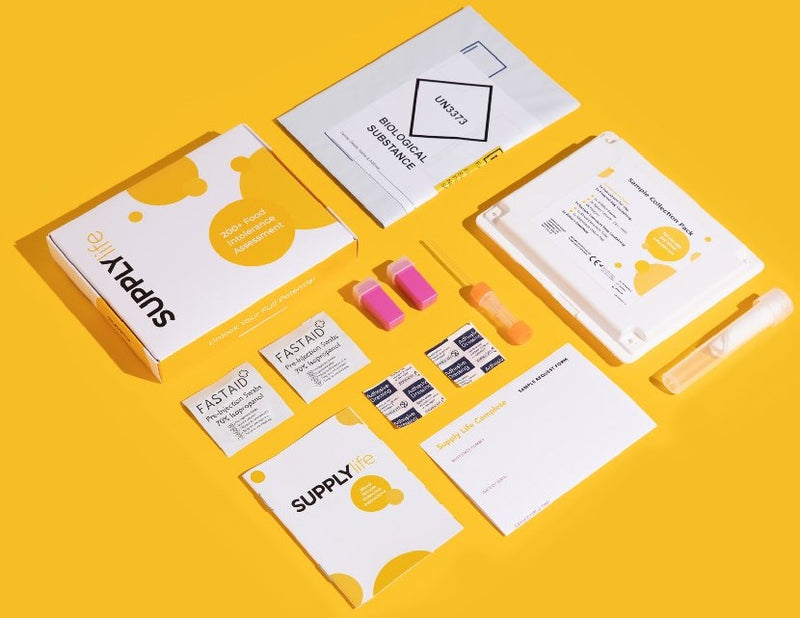
MARKET LEADING TEST
- Our blood based test covers all sub-classes of (immunoglobulin) IgG 1,2,3, and 4
- Advanced immunoassay microarray technology to detect food-specific IgG antibodies
- UK Accredited Laboratory
- Laboratory certifications - Iso 9001 and iso 13485
WHAT WE TEST FOR?
Test Results You Can Trust
Utilising advanced immunoassay microarray technology, our top laboratory in Cambridge offers one of the most sophisticated food intolerance tests available.
Our tests are not only CE marked but also adhere to the highest standards with ISO 9001 and ISO 13485 certifications.



Ricky Singh
Founder of Supply Life
FAQS ANSWERED BY RICKY
We’re here to help

GOT A QUESTION?
Speak with one of our clinicians and get personalised advice. Monday to Friday 9am-4:30pm
We test for over 200+
different foods


